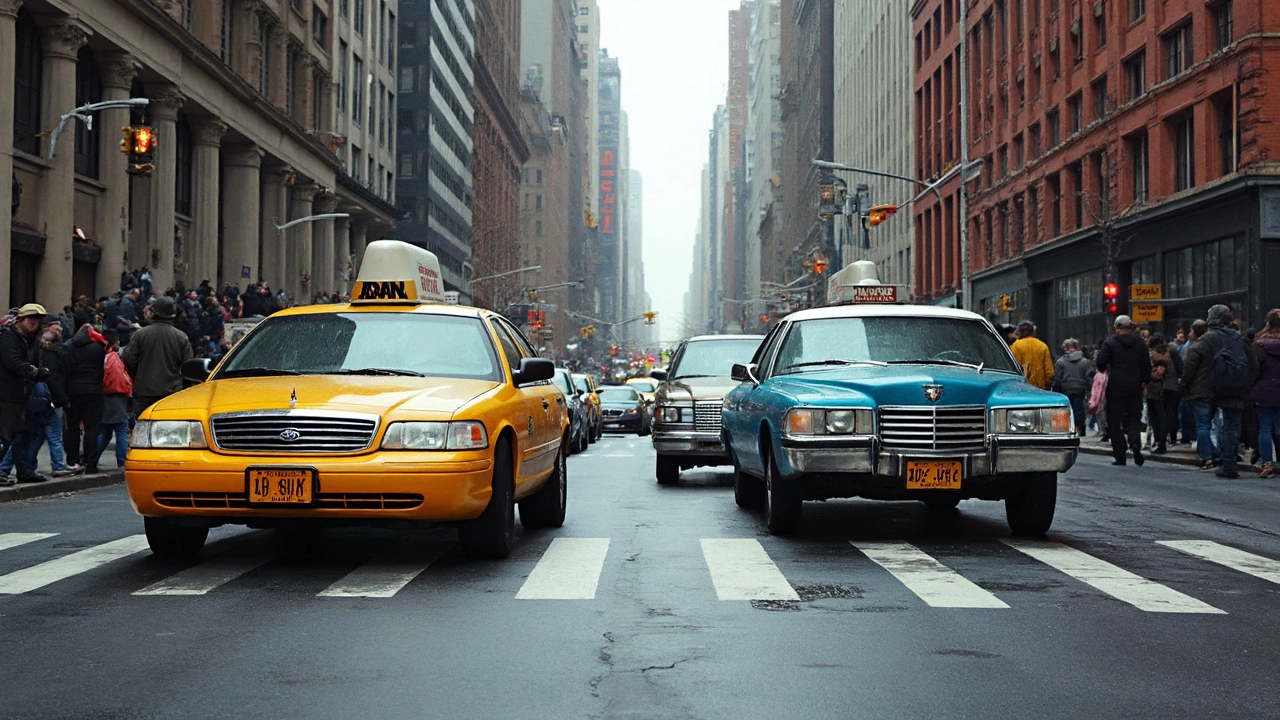Vehicle Plates: What the Colors and Designs Really Mean
If you’ve ever wondered why some license plates are bright yellow, others stay plain white, or why the style changes every few years, you’re not alone. Plates aren’t just a legal tag – they’re a tiny billboard that tells you about the state, the vehicle type, and sometimes even a bit of history. In this guide we’ll break down the most common plate colors, highlight New York’s latest designs, and give you practical tips to read a plate at a glance.
Why Plate Colors Matter
Most states use color to signal specific categories. For example, commercial trucks often get a yellow background, while passenger cars stick to white or light blue. Specialty plates – like veteran, college, or charity plates – use bold colors or graphics to stand out. Knowing these cues can help you spot a vehicle’s purpose or even its registration status without pulling out a phone.
Another reason colors matter is law enforcement. Certain hues are easier to read at night or in bad weather, which is why many states keep the contrast high: dark lettering on a light background. If you ever need to report a suspicious vehicle, the plate’s color and format can be a quick identifier for the police.
New York License Plate Colors in 2025
New York recently rolled out a new set of plates that mix tradition with modern tech. The classic “Empire Gold” plate – a gold‑colored background with black numbers – is still around, but the state introduced a sleek white‑and‑blue design for electric vehicles. The electric‑vehicle plates have a blue wave across the top, signaling the driver’s low‑emission status.
Why does this matter? First, electric‑vehicle plates often qualify for special parking spots and toll discounts. Second, the blue wave makes it easy for traffic officers to enforce those perks. If you see a NY plate with that wave, you know the car runs on electricity.
NY also updated its specialty series. Sports team fans can pick a plate with the team’s colors, and charitable groups get a distinct orange‑and‑black design. All plates now feature a tiny QR code in the corner. Scanning it shows the vehicle’s registration info – a handy tool for fleet managers and curious neighbors alike.
Here’s a quick cheat sheet for NY plates:
- Standard passenger: White background, black numbers.
- Empire Gold: Gold background, black numbers – classic look.
- Electric vehicle: White background, blue wave, QR code.
- Specialty (sports, charity): Customized colors, QR code.
When you’re driving in New York, just glance at the top right corner – the QR code is tiny but easy to spot if you know what to look for.
Beyond New York, most states follow similar patterns: a light background for easy legibility, a dark font for contrast, and a small emblem or state name near the top. Some states, like California, have a distinctive “California” script, while Texas uses a bold “Lone Star” badge.
So, how can you use this knowledge? If you’re buying a used car, check the plate type to verify the vehicle’s classification. If a car advertises an electric‑vehicle plate but the car has a traditional engine, that’s a red flag. And if you’re a renter, make sure your lease agreement mentions the correct plate type – some landlords restrict certain commercial plate categories.
In short, vehicle plates are more than a legal requirement. They’re a visual shorthand for the vehicle’s purpose, the owner’s preferences, and even the latest state policies. Keep an eye on the colors, spot the QR codes, and you’ll never be confused by a license plate again.
What Does a Yellow License Plate Mean in New York? A Real Look at Property Registration
by Arjun Mehta Apr 17 2025 0 Property RegistrationCurious about those yellow license plates in New York? This article cuts through the rumors and digs into what the color actually means when it comes to property and vehicle registration. You'll find out if the plate color affects anything about your car, what the switch to yellow was really about, and why you might still see older colors on the road. Get the facts, some cool bits of plate history, and how it all matters to you as a New York driver.
READ MORE